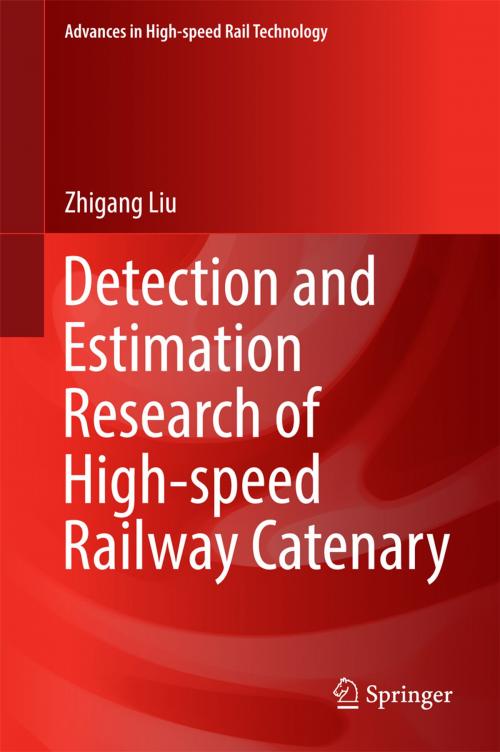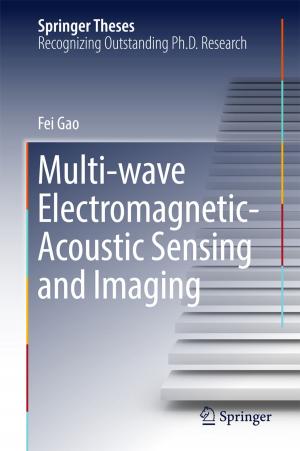Detection and Estimation Research of High-speed Railway Catenary
Nonfiction, Science & Nature, Technology, Electricity, Power Resources| Author: | Zhigang Liu | ISBN: | 9789811027536 |
| Publisher: | Springer Singapore | Publication: | October 1, 2016 |
| Imprint: | Springer | Language: | English |
| Author: | Zhigang Liu |
| ISBN: | 9789811027536 |
| Publisher: | Springer Singapore |
| Publication: | October 1, 2016 |
| Imprint: | Springer |
| Language: | English |
This book describes the wave characteristics of contact lines taking wind into consideration and discusses new methods for detecting catenary geometry, pantograph slide fault, and catenary support system faults. It also introduces wire-irregularity detection methods for catenary estimation, and discusses modern spectrum estimation tools for catenary.
It is organized in three parts: the first discusses statistical characteristics of pantograph-catenary data, such as stationarity, periodicity, correlation, high-order statistical properties and wave characteristics of contact lines, which are the basis of pantograph-catenary relationship analysis. The second part includes geometry parameter detection and support-system fault detection in catenary, as well as slide-fault detection in pantographs, and presents some new detection algorithms and plans. The final part addresses catenary estimation, including detection of contact-line wire irregularities and estimation of catenary based on spectrum, and presents detection methods for contact-line irregularity and modern spectrum estimation tools for catenary.
This book describes the wave characteristics of contact lines taking wind into consideration and discusses new methods for detecting catenary geometry, pantograph slide fault, and catenary support system faults. It also introduces wire-irregularity detection methods for catenary estimation, and discusses modern spectrum estimation tools for catenary.
It is organized in three parts: the first discusses statistical characteristics of pantograph-catenary data, such as stationarity, periodicity, correlation, high-order statistical properties and wave characteristics of contact lines, which are the basis of pantograph-catenary relationship analysis. The second part includes geometry parameter detection and support-system fault detection in catenary, as well as slide-fault detection in pantographs, and presents some new detection algorithms and plans. The final part addresses catenary estimation, including detection of contact-line wire irregularities and estimation of catenary based on spectrum, and presents detection methods for contact-line irregularity and modern spectrum estimation tools for catenary.















